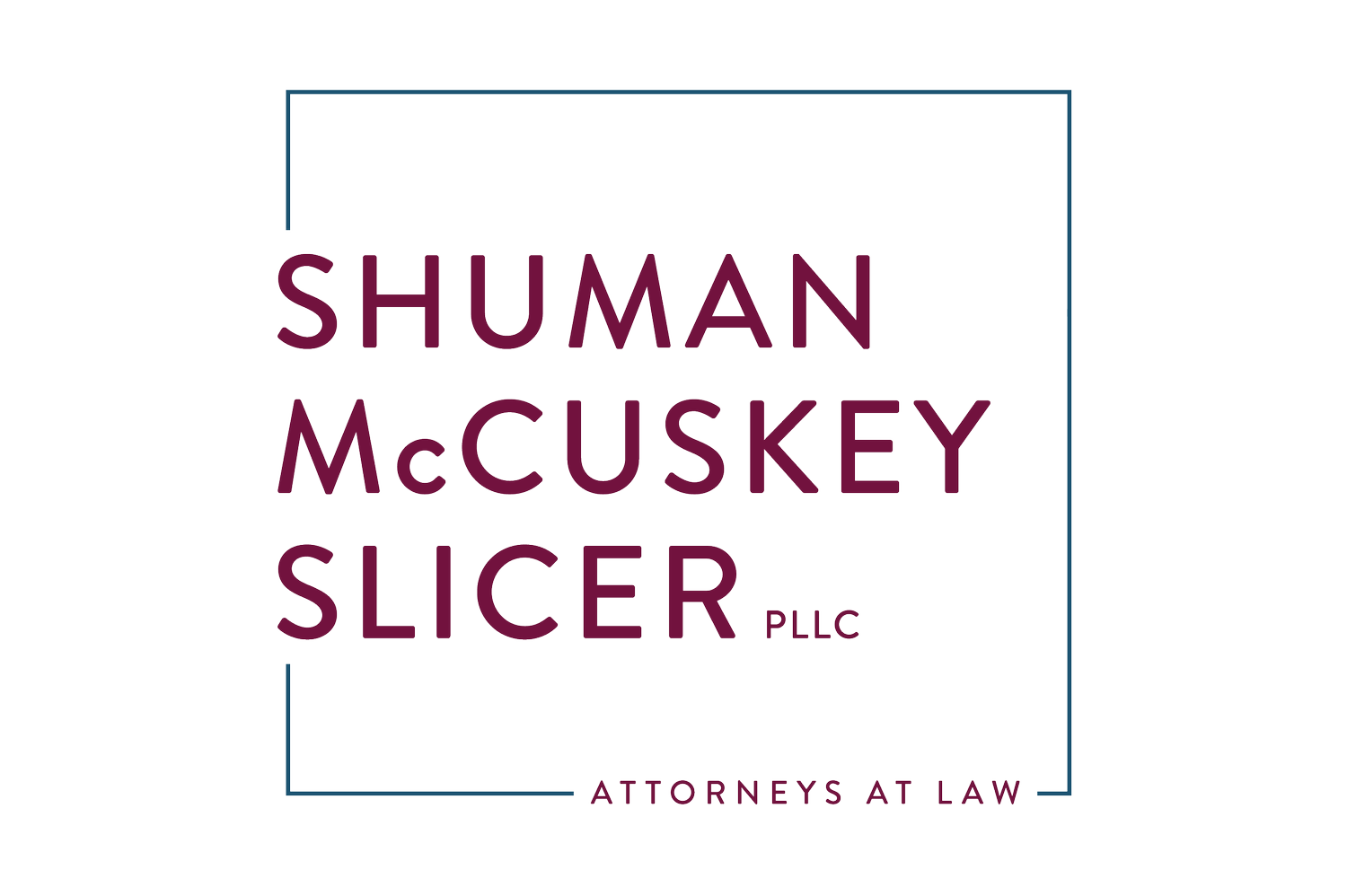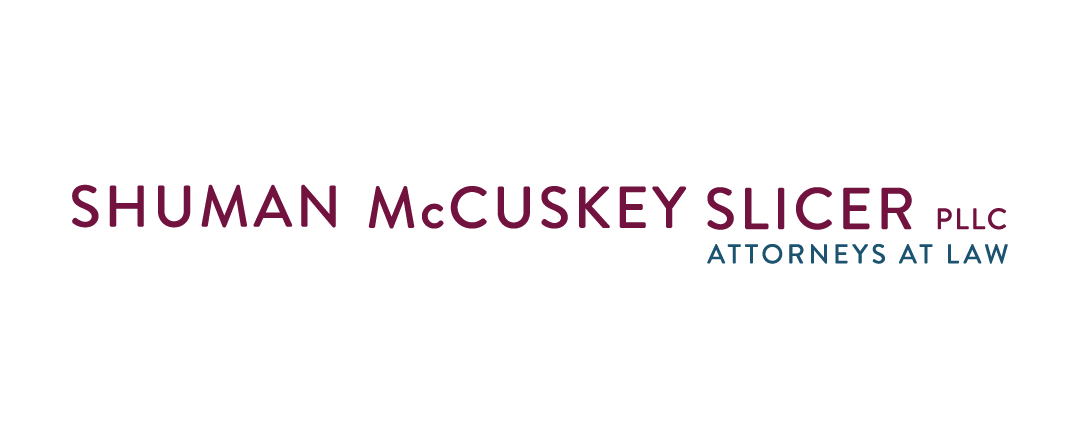Back To The Workplace – What Do West Virginia Employers Need To be Thinking About?
At last, the time has come to return to the workplace! After all of the remote work and reduced staff (and potentially earnings), the time has come to resume the New Normal, so why aren’t you happier to hear that? As an employer or supervisor, you may be feeling the various regulatory and health pressures on top of the usual mandates of productivity and profitability. We understand those pressures and are here to help. Below are a few key guidelines and resources that will keep you informed and provide you a ‘good faith basis’ for doing what you’re doing. We understand the importance of a safe and healthy workplace and workforce, and we understand that your New Normal should not start with an onsite outbreak or litigation. So let’s get started.
A number of resources are available to you, including the workplace specialists at SMS. We can help guide your decision-making and provide written guidance for you and your workforce. Beyond that, we can advise you on the latest governmental recommendations, whether from the Division of Labor (DOL), EEOC, OSHA, NIOSH, or other regulatory body that has addressed these issues. But let’s get started in earnest. Please consider the following.
What to do before the workers return?
As you prepare for the return of your workforce in whole or part, you will want to consider your role in increasing employee confidence, responding meaningfully and lawfully to employee concerns, and slowing the spread of any disease.
What guidelines can you put into place? NIOSH has developed a Hierarchy of Control relative to the virus, placing as paramount physically removing the hazard. To do so, you will want to get word to your workers to stay home if they are sick, to check their temperatures regularly before coming in, and to review a checklist (CDC) of symptoms for themselves and those living in close proximity each morning before coming to the workplace, including loss of sense of smell.
What changes can you make to isolate your workforce from any possible spread? Can you increase the distance between workstations? Can you stagger work schedules? Can you change the traffic routes in the office? Add partitions? Improve ventilation? Place cleaning stations around the building? Sanitize communal work spots multiple times a day? You will need to conduct your own hazard assessment of not only the physical plant, but of standard work practices. Consider the office machinery used by all. Consider the restroom availability. Walk through the workday in your mind – where are the dangers? Doorknobs? Microwave buttons? Copy machine?
Develop policies that increase worker confidence in the workplace and that empower and reward workers for being vigilant. As society begins to reopen, controversy begins to surround precautions such as wearing masks, maintain social distances, and sanitizing. As fewer cases arise and other stories take prominence in the news, your workforce may drop its guard. It is incumbent on you the employer to make safety the one acceptable behavior in the workplace. Consider how to start that process BEFORE your workers return. Circulate information to them about cleaning procedures at work, about personal protective gear (PPG) expected of them, of how operating procedures will change in the New Normal. Remind everyone early, often that life is changing – and you will expect the same of them.
Advise your workforce of the return date, and be prepared to work with persons whose needs/schedule are different. Persons who fall into one of the higher risk categories are likely ADA protected, such that you as the employer will need to offer accommodations. However, persons with a high-risk family member may not qualify for ADA accommodation. Beware making return-to-work accommodations in a discriminatory manner. Let your guiding star be legitimate business decisions – along with strong legal guidance, where you are unsure.
You will have to determine how best to deal with workers who fear returning to work. While mental health concerns can rise to the level of an ADA disability, you as an employer will not be in a position to make that determination. You may engage in an interactive discussion with the employee to determine the level of fear and what accommodation could be easily available (a seat change, additional cleaning). Conversely, you may want to call for assistance for workers who fall outside the guidelines of FFCRA, FMLA or ADA, as it is possible that a failure to return could become job abandonment, necessitating additional adverse employment actions.
Develop a protocol for the actual return. Advise employees what to expect upon their return – new protocols in place to enter the building? New traffic patterns? New supplies available (hand sanitizers) or required (masks)? Prepare a memo and circulate it to your workforce prior to resuming operations.
Post reminders around the workplace. Train your supervisors on how to motivate compliance while focusing on productivity. Enlist SMS to help train, advise, respond to ongoing issues/questions.
What to do when workers arrive?
Stagger the return to work date/time so that employees can be re-introduced to the new workplace. Consider a staging area where employees can be greeted and assessed to ensure that they are informed, equipped, encouraged.
Monitor compliance throughout the day, reminding everyone to use hand sanitizer, wear a mask, keep the distance. You may want to introduce a daily reminder, and helpful to this end is the OSHA Daily Safety Tip. Included there are reminders such as to wash your hands after touching your mask, clean shared work tools or spaces, limit the number of workers in confined areas.
Remind workers to check each morning for signs/symptoms of the virus or other illness and to stay home if sick or if exposed to sick persons.
Be a good example of social distancing, wearing PPG, sanitizing your hands. Have your supervisors do likewise. Reward behaviors that prevent/reduce transmission and that help maintain healthy operations.
Remember the safety valves of the Families First Coronavirus Response Act (FFCRA), the Federal Pandemic Unemployment Compensation (FPUC) and the accommodation provisions of the ADA. Remember that, for many of your employees, working from home or working a revised shift may resolve an issue before it truly begins. We are available to help.
Monitor state and federal law for updates on reopening plans and limitations, or check with us at SMS. We are here to help.
What to do when problems arise?
As we all settle into the New Normal, complacency may set in. Resentments may grow. Fatigue may erode our resolve. What can an employer do?
Reward the workforce with updates on productivity, safety, teamwork. In an era without potlucks and birthday cake in the workplace, consider what sorts of less tangible rewards might motivate and inspire your employees.
Renew resolve by changing signage and continue to follow CDC, DOL, OSHA, NIOSH guidance – and we at SMS can work with you on the additional safeguards or policy changes. Stay calm, stay informed, stay resourceful.
And stay in touch. We are available to help in any way we can.
About: Shuman McCuskey Slicer PLLC is a civil defense litigation law firm defending businesses, professionals, and insurers in high-stakes litigation. The firm has over 20 attorneys licensed to practice in West Virginia, Virginia, Ohio, Kentucky, Pennsylvania, Maryland, and New York. SMS was founded in Charleston, WV, where it remains headquartered and has additional offices in Morgantown, WV, and Winchester, VA.
Stay up-to-date with SMS by connecting with us on Facebook and LinkedIn and subscribing to our quarterly newsletter.




